
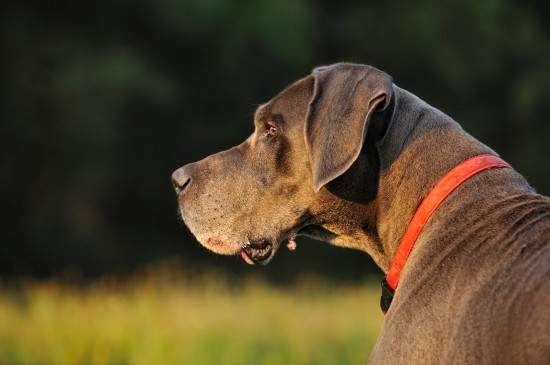
Viral papillomas are in fact warts that grow on a dog's skin. They are caused by certain viruses and although they may look innocuous enough, it's really important to find out what is causing them and if the warts are viral or not. When a person gets a wart, they tend to be round, rather flat and smooth. However, in dogs, viral warts are different and resemble sea anemones or they often look like tiny cauliflowers. With this said, some viral warts in dogs can be smooth looking too.
Viral warts tend to develop on young dogs in or around their mouths and eyes but they can appear on older dogs too although in different areas of their bodies. Most viral warts seem harmless enough but they do behave as if they are malignant and therefore vets tend to recommend a biopsy be done on them in order to determine whether they are indeed harmless or not.
Very often a wart could be mistaken for being something completely different and it is not until an owner takes their dog to see a vet for another reason that a proper diagnosis is made to determines they are viral papillomas.
On young dogs under the age of 2, viral papillomas develop around their muzzles and lips but occasionally they can appear on a dog's eyelids and even on the surface of their eyes as well as between their toes. They grow in clumps or groups rather than as a single growth. However, on older dogs, these growths can appear on other parts of their bodies too.
Dogs catch the infection by coming in direct contact with the papillomas on other dogs already infected with the virus or they could pick it up in the environment. The virus gets into their system via broken skin where it then takes hold. However, healthy skin is not infected and when it comes to incubation, this can take anything from 1 to 2 months. Luckily, the virus cannot be passed on to other animals or humans but it can be spread between dogs.
Young dogs tend to be more prone to this viral infection due to the fact their immune systems are not as robust as that of older canines. This is why puppies and young dogs under the age of two are generally more prone to developing viral papillomas. However, if a dog is prescribed cyclosporine to help treat an immune-mediated condition, they too could be prone to develop these viral warts and it is believed this is due to the fact their immune systems are slightly compromised by the medication.
Other than this, it is not really known how the infection is transmitted or whether a dog has to display symptoms of suffering from the infection or not in order to pass it on to another dog. Nobody really knows what a safe quarantine period would be either. Studies have also shown the canine papilloma virus can survive for 2 months at temperatures that reach 40º F but at 98º F, the virus can only survive for around 6 hours.
The warts are not something that dog owners need to be unduly worried about and as puppies as well as young dogs with the condition get older and therefore their immune systems strengthen and become more robust, a response is naturally generated to get rid of the warts. It is very rare for a papilloma wart to develop into something more aggressive. However, once a dog's immune system kicks in, it can take anything from 1 to 5 months for the warts to disappear altogether with oral ones regressing that much quicker.
With this said, some warts will remain for the rest of a dog's life and there is evidence that a different strain of the virus affects their mouth to the one that causes warts to appear on their eyelids, head and paws. The problem with oral papillomas is that all too often they can become infected with bacteria that's found in a dog's mouth and if this happens, a vet would need to prescribe antibiotics to clear up the infection.
In most instances, a treatment would not be necessary due to the fact the warts clear up on their own once a dog's immune system becomes more robust. However, on the odd occasion a dog may develop so many oral papillomas they cannot eat property, then a vet would recommend surgically removing them or they might suggest freezing them off cryogenically.
Another course of action a vet might well take would be to prescribe anti-viral medication for dogs suffering with a severe case but this is a costly treatment that's not 100% effective. Over recent years, new veterinary medication have appeared on the scene which is great news with one topical application for viral papilloma being called Imiquimod which is proving to be very effective at treating the condition.
Viral papilloma is not a condition that dog owners have to be unduly worried about unless they are oral ones which make it hard for a dog to eat properly. If this is the case the vet would recommend removing them and they might well suggest several options that are open to them to do this. However, as it is a condition that tends to affect puppies and young dogs because their immune systems have not fully matured but when it does, the warts then clear up on their own, it is more usual to let time run its course rather than do anything about them.
 How To Deal With Cracked Pads & Other Dog Paw Injuries
How To Deal With Cracked Pads & Other Dog Paw Injuries
 The Siamese Cat - An Oriental Talkative Treasure
The Siamese Cat - An Oriental Talkative Treasure
 Why Do Dogs Lick Other Dogs Or People On The Mouth?
Why Do Dogs Lick Other Dogs Or People On The Mouth?
 If You Are Planning To Breed From Your Cat Or Have Already Done So And The Time For Weani
If You Are Planning To Breed From Your Cat Or Have Already Done So And The Time For Weani
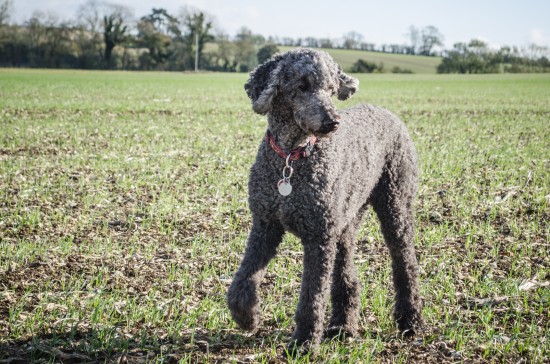 Hot Or Not - What Dog Breeds And Types Are Changing In Popularity In The Uk?
Hot Or Not - What Dog Breeds And Types Are Changing In Popularity In The Uk?
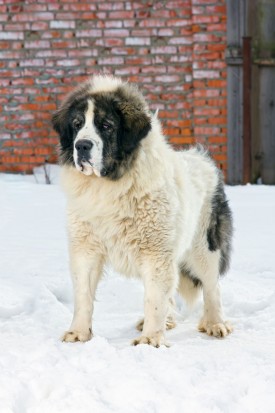 Canine Giants - The Ten Largest Dogs!
Canine Giants - The Ten Largest Dogs!
 Benefits Of Neutering Your Pet
Benefits Of Neute
Benefits Of Neutering Your Pet
Benefits Of Neute
 Flea Treatment For Your Cat
Flea Treatment Fo
Flea Treatment For Your Cat
Flea Treatment Fo
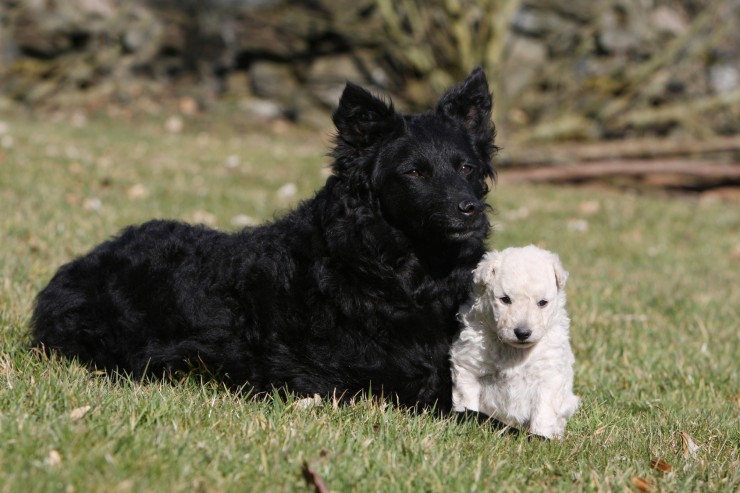 The Mudi - A Loyal, Affectionate Dog From Hungary
The Mudi - A Loya
The Mudi - A Loyal, Affectionate Dog From Hungary
The Mudi - A Loya
 The Different Puppy Personalities In Each Litter
The Different Pup
The Different Puppy Personalities In Each Litter
The Different Pup
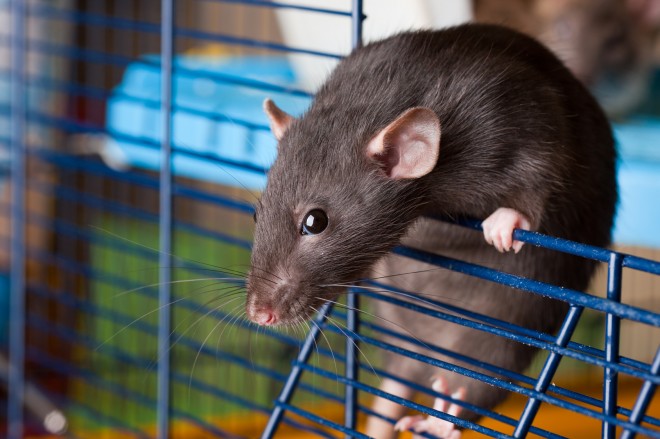 Common First Aid Scenarios For Rats And Other Small Pet Rodents
Common First Aid
Common First Aid Scenarios For Rats And Other Small Pet Rodents
Common First Aid
Copyright © 2005-2016 Pet Information All Rights Reserved
Contact us: www162date@outlook.com